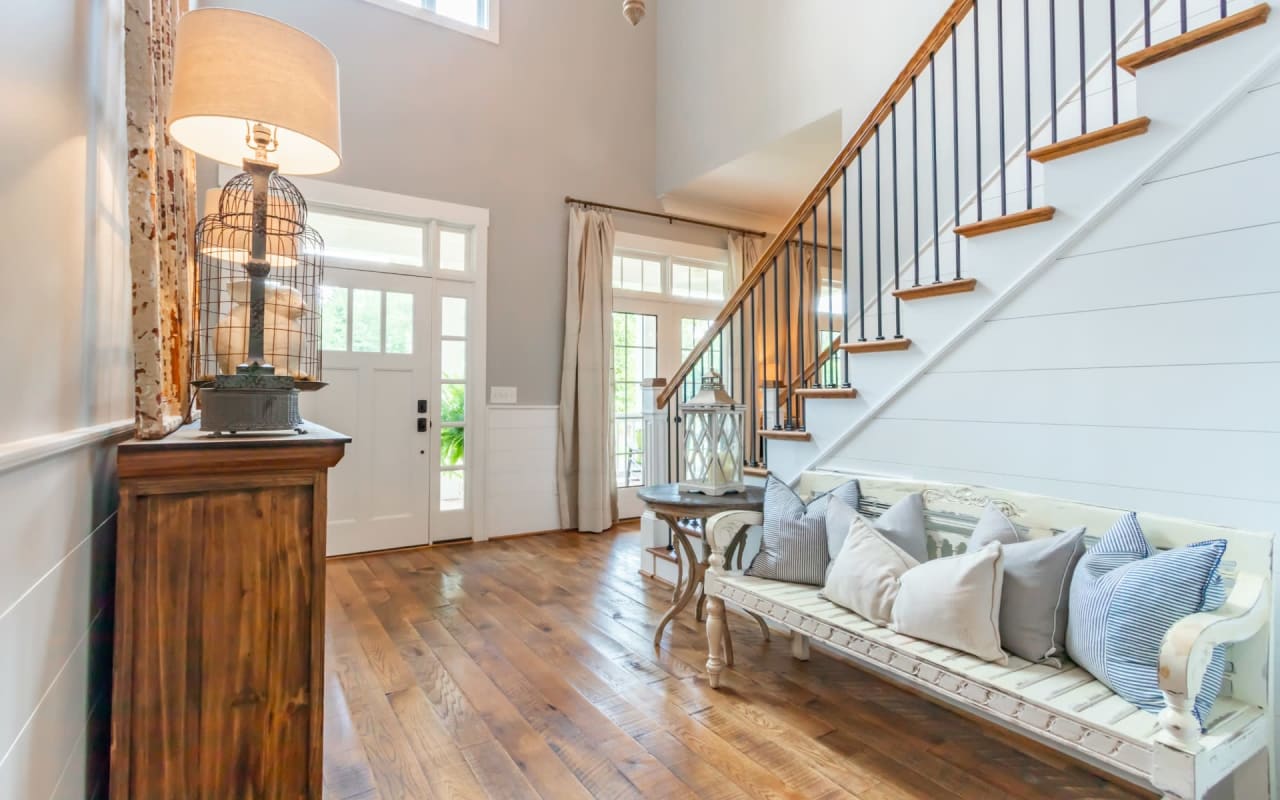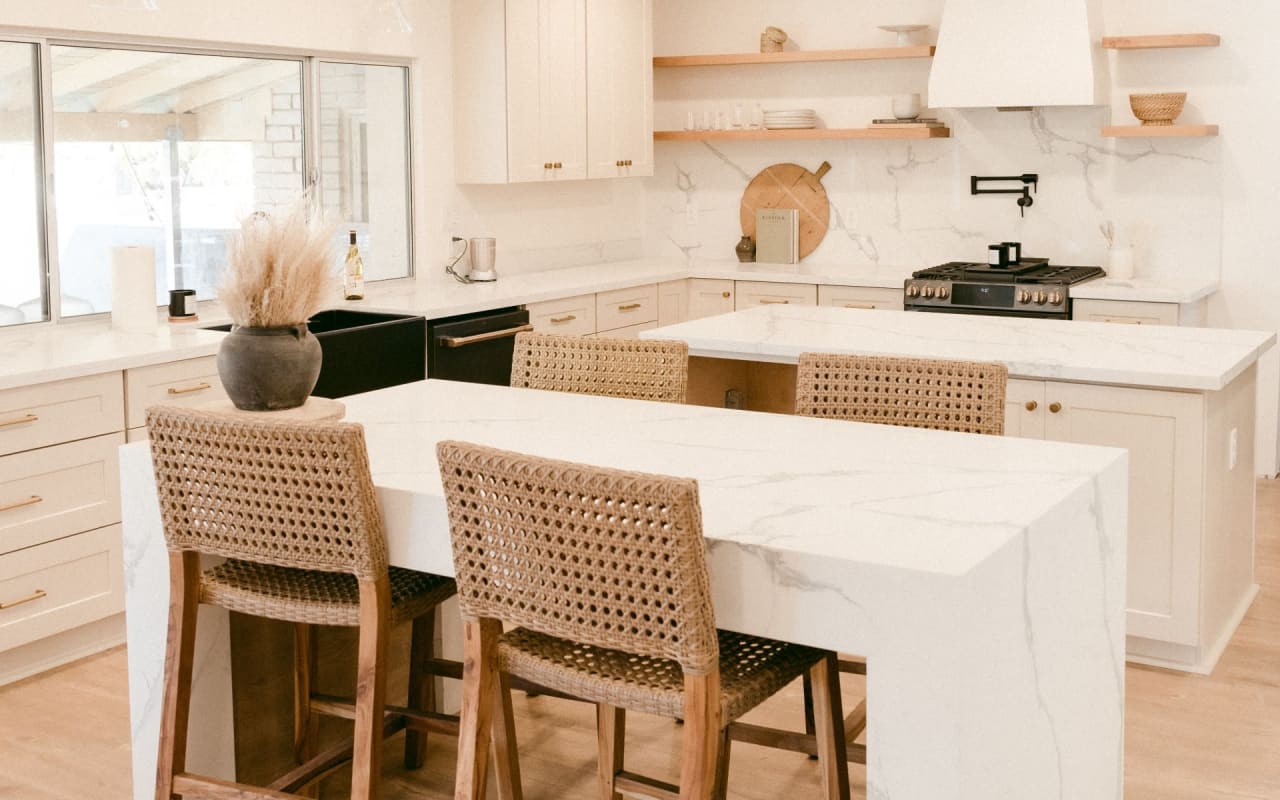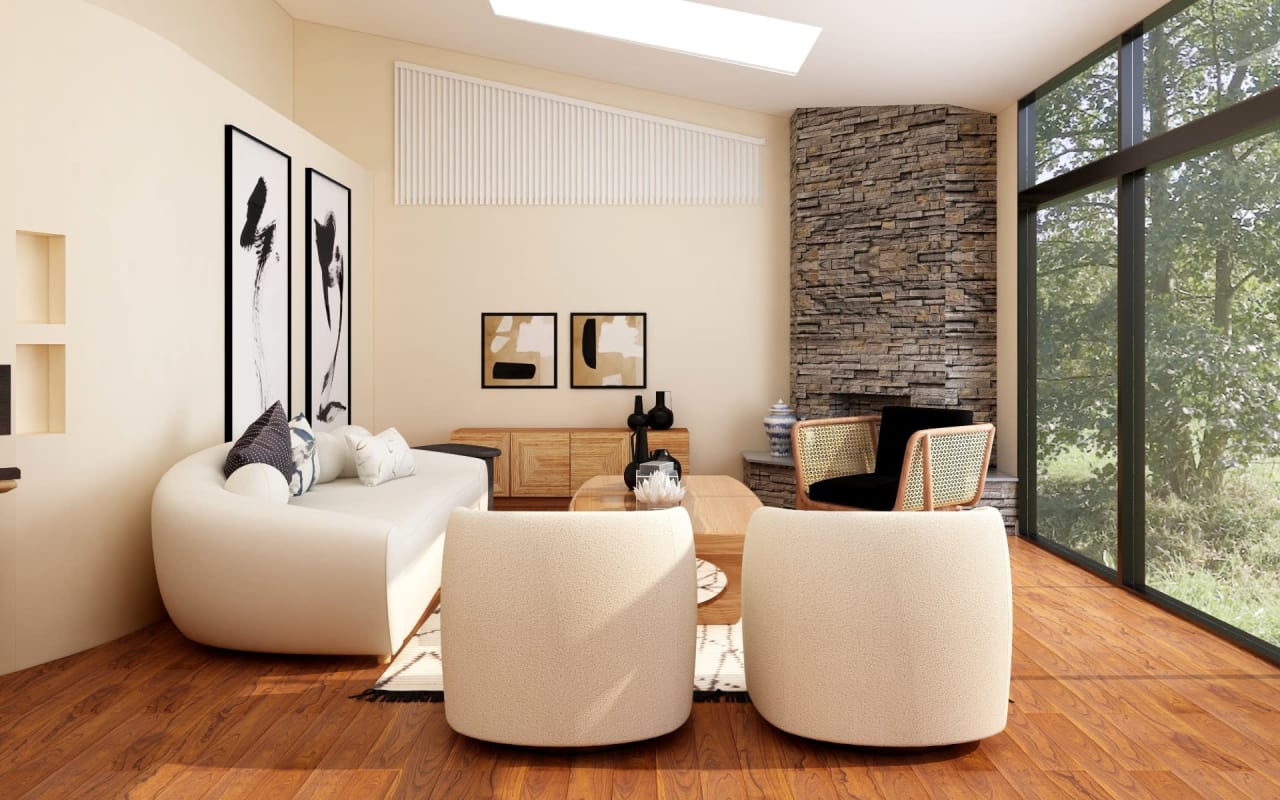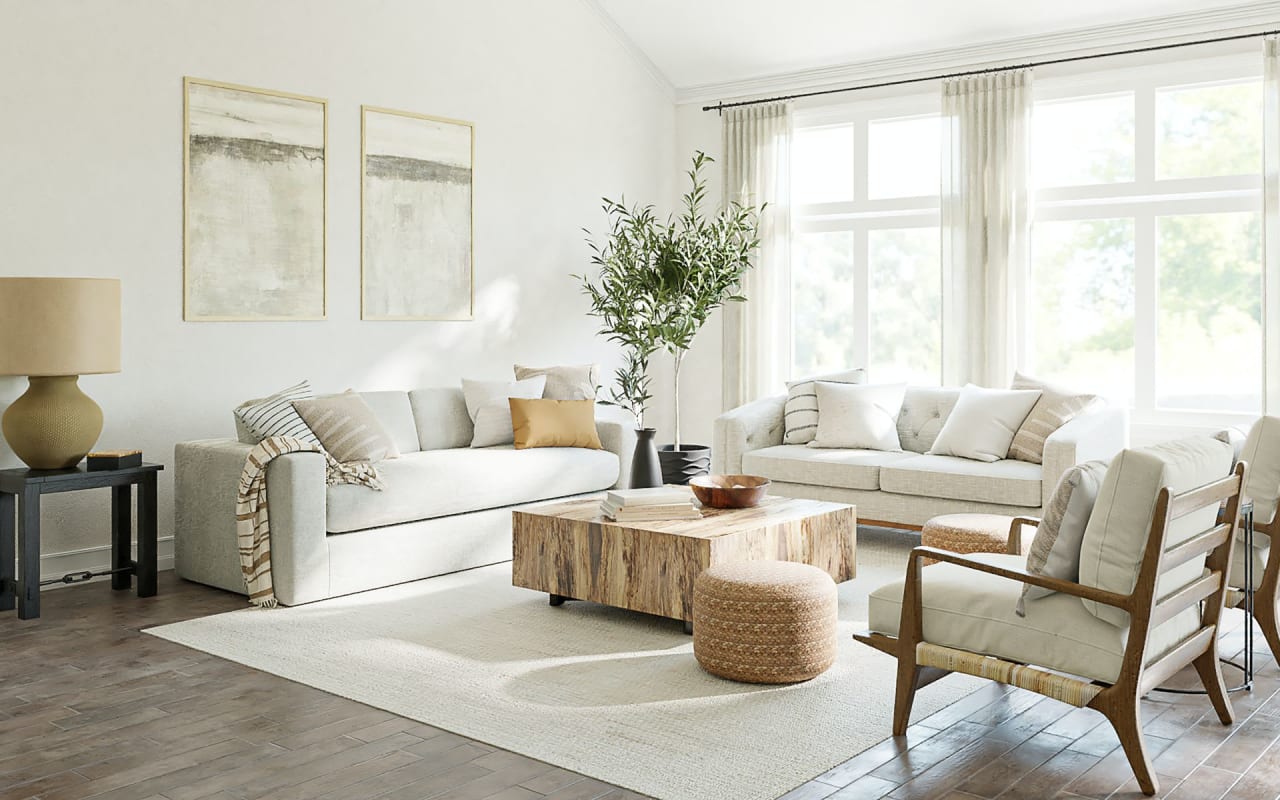
Exploring the Diverse Property Types in the Tri-Valley Area
Veronica Peter January 11, 2024

Veronica Peter January 11, 2024
The Tri-Valley, nestled in the heart of Northern California, offers a wide range of property types, each with its own unique advantages and considerations. Whether you're drawn to the vibrant urban lifestyle or the tranquility of suburban living, the Tri-Valley area has something for everyone. Let's explore the different property types available and weigh the pros and cons of each.
Single family detached homes are very common in the Tri-Valley. They are freestanding homes that do not share walls with any other property. They are on a lot that often includes a front yard and a back yard and are most commonly separated from the neighboring property with a wood or metal fence. The fences are typically on the property boundary line (be sure to check with public records).
Pros: 1. Privacy and Space: Single-family homes typically offer ample space both indoors and outdoors, providing privacy and room for personalization. 2. Potential for Appreciation: Historically, single-family homes have shown strong appreciation over time, making them a sound investment. 3. Yard and Outdoor Living: Many single-family homes come with spacious yards, perfect for outdoor activities, pets, and gardening.
Cons: 1. Maintenance Responsibility: As a homeowner, you are responsible for maintaining the property, including landscaping, repairs, and upkeep. 2. Higher Initial Cost: Single-family homes often come with a higher initial purchase price compared to other property types.
Condominiums, or condos for short, are similar to apartments. They are often elevated and depending on the specific unit and there may be neighboring units above, below, and on both sides. There is no true frontyard, or backyard, however many condos do have a small balcony.
Pros: 1. Low Maintenance: Condos often come with amenities such as maintenance services, landscaping, and exterior upkeep, offering a low-maintenance lifestyle. 2. Affordability: Condos can be a more affordable entry point into homeownership, especially in desirable urban areas. 3. Community Amenities: Many condo communities offer amenities such as pools, fitness centers, and communal spaces.
Cons: 1. HOA Fees: Homeowner association (HOA) fees are a recurring cost associated with condos, covering shared expenses and amenities. 2. Limited Privacy: Living in a condo means sharing walls and common spaces with neighbors, which may impact privacy. 3. Depending on the age of the condo, it may not have in-unit laundry hookups rather a laundry room shared by the residents of the community. Newer communities built after 1980 are more likely to have in-unit laundry.
Townhouses, also called townhomes, resemble row houses but are connected to another townhouse on one or both sides. No units are connected above or below. Townhouses also have a small outdoor space that is typically fenced in.
Pros: 1. Shared Amenities: Like condos, townhouses often come with shared amenities and a sense of community. 2. Ownership of Land: Townhouse owners typically own the land beneath their unit, providing a sense of autonomy compared to condos. 3. Vertical Living: Townhouses offer multiple levels, providing a sense of spaciousness and separation of living areas.
Cons: 1. Close Proximity to Neighbors: Similar to condos, townhouses involve close proximity to neighbors, which may impact privacy. 2. Limited Yard Space: While townhouses may have outdoor areas, they generally offer less yard space compared to single-family homes.
Rural properties are typically found in unincorportated areas outside of the larger cities. They are often larger parcels of land that have one primary residence and outbuildings such as barns, livestock coops, or workshops. Roads leading to the primary residence from the main roads are often dirt with some gravel. Not suitable for low riding vehicles.
Pros: 1. Tranquility and Nature: Rural properties offer a serene and peaceful environment, often surrounded by nature and open spaces. 2. Potential for Farming or Livestock: If you have a passion for farming or keeping livestock, rural properties provide the space for such activities. 3. Customization and Expansion: Rural properties often come with larger lots, allowing for customization and potential expansion.
Cons: 1. Distance from Urban Amenities: Living in a rural area may mean being farther from urban conveniences such as shopping, dining, and entertainment. 2. Maintenance Challenges: Maintaining a rural property, especially if it includes extensive land, can be more labor-intensive and require specialized knowledge. 3. Utilities : Depending on the property it may not be connected to public utilities such as water and sewer services. This may require that you have a septic tank on the property and wells to extract water.
As you explore the diverse property types in the Tri-Valley area, consider your lifestyle, preferences, and long-term goals. Each property type offers its own set of advantages and considerations, and finding the right fit involves thoughtful consideration. Whether you're drawn to the charm of a single-family home, the convenience of a condo, the spaciousness of a townhouse, or the tranquility of rural living, the Tri-Valley area has something to suit every taste and lifestyle. Happy house hunting!


Top Tips for Shortening Your Days On Market

A Guide to Different Types of Coverage


Title to a property is the legal way of saying you own the property.

Which property type is right for you?! Read on for the pros + cons of the different property types


If you're a first-time homebuyer, here are the top 5 ways to know if you're ready to buy a home

Here are the top 10 reasons why you should consider hiring a full service local agent.
As a Bay Area native and San Jose State graduate, Veronica has leveraged her Bachelor’s degree in Business and experience in sales to consistently outperform the market and generate the most profitable results for her clients. With a commitment to excellence and a deeply rooted passion for real estate.